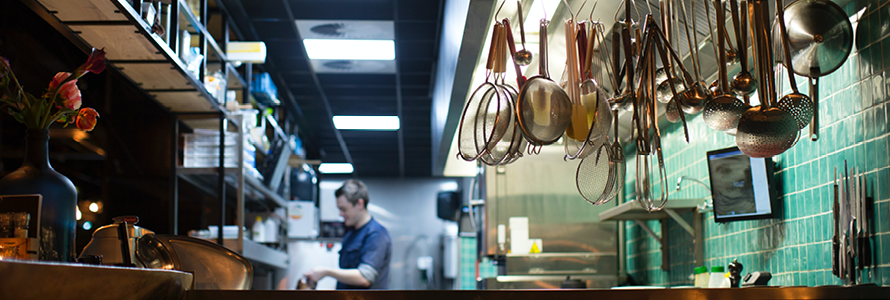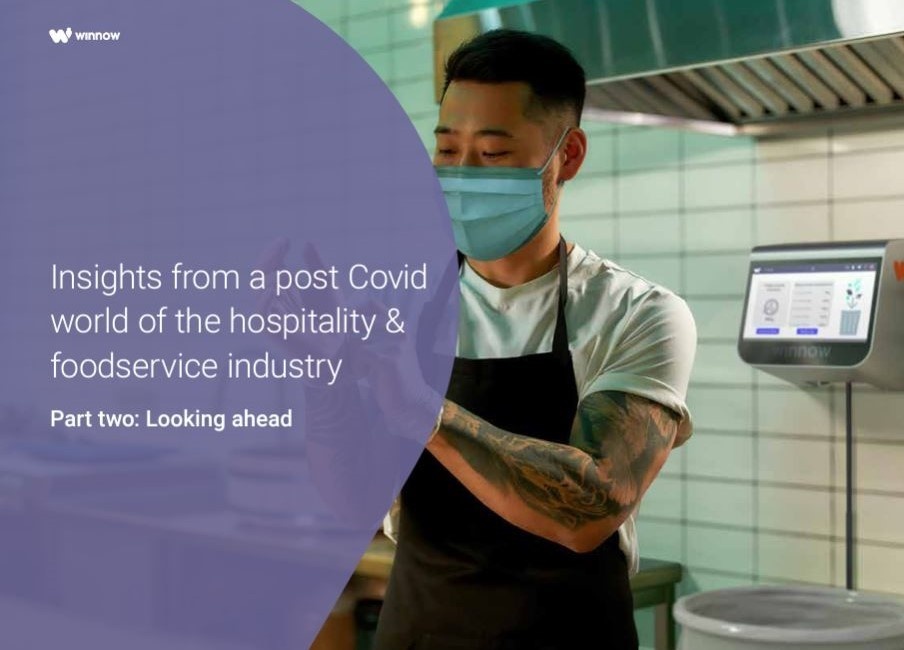There have been many different approaches used in adjusting business models in response to the dining restrictions due to COVID-19. As the hospitality and foodservice industry is adapting to the new normal, there are changes to layout, service and back-of-house operations.
In conversations with operators across the world, we have shortlisted four trends changing the way of serving and producing food.
Assisted-serve instead of self-serve buffets
Winnow’s clients universally report that, for now at least, they are pausing buffets. Self service style dining with shared utensils do not meet hygiene standards, and in some markets buffets have been banned altogether.
In contract catering, pre-packaged grab and go is becoming the standard. In hotels, outlets are moving to a la carte in the interim given depressed demand. Caterers say they are unclear on how long these changes will last. While cruise buffets won’t disappear completely, executives at several cruise ships suggest that staffing will be increased so crew members - not passengers - are serving the food.
Reopening with slimmed down menus
Upon reopening, clients report that menus became simpler as expected. This is driven in part due to pressures on the supply chain forcing chefs to think locally, as well as safety concerns for both customers collecting/ordering food. Clients also reported smaller menus to ensure social distancing in the kitchen to protect staff.
„Disruptions in the supply chain have caused us to rethink menu design in a few ways - We have worked with our vendors and suppliers to work around what is available and tailored menus to utilize those products to reduce waste and menu fatigue. By sharing what we want to prepare ahead of time with suppliers and working backwards, we have reduced the chance that products will not show up or be subbed for those that do not meet our purchasing requirements.” - Bill Billenstein, Senior Director of Food Excellence, ISS Guckenheimer
Moving production to centralised kitchens
Some operations moved their production to centralised kitchens. They are using skilled staff to prepare and cook in bulk and then to distribute to the finishing kitchen, which are smaller in size.
Powering operations with a centralised kitchen provides more control, from receiving goods to preparation. It also offers increased safety as there are fewer contact points and fewer points where something can go wrong. On top of competitive purchasing through bulk buying, food wastage can be reduced as only one location would be involved in preparation.
The rise of ghost kitchens and virtual brands
The coronavirus pandemic has accelerated the trial and adoption of ghost kitchens and virtual brands as food-delivery sales surge. Ghost kitchens, also called virtual, dark or cloud kitchens, are kitchens that only provide food for delivery. They either serve as off-premises support kitchens or standalone delivery. Meanwhile, virtual restaurant brands are found only on third-party delivery apps, relying on those platforms for marketing rather than a physical storefront. Food from these brands is made either in a traditional restaurant kitchen or in a ghost kitchen.
Companies like Kitchen United, and Zuul already provide kitchen infrastructure to other brands in the US. Travis Kalanick, the former chief executive of Uber, has been working on CloudKitchens, a ghost kitchen start-up in the US. While in Europe the German company Keatz set up ghost kitchens in neighbourhoods around Germany, Spain, and the Netherlands. London-based Karma Kitchen, a shared kitchen space, is home to a handful of startups designing virtual restaurant brands as well as several restaurant operators cooking up meals for delivery.
If you are interested in reading more, download our guide with practical tips from the front line of hospitality, supported by data from kitchens around the world.










Comment on my blog